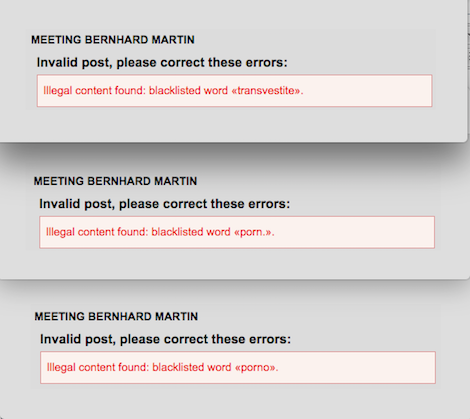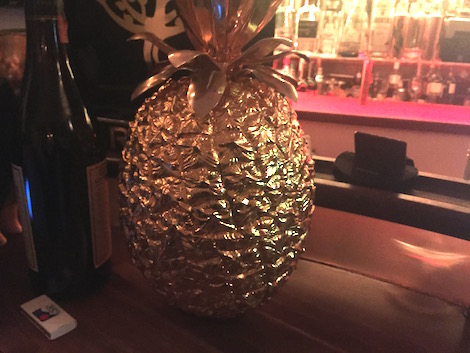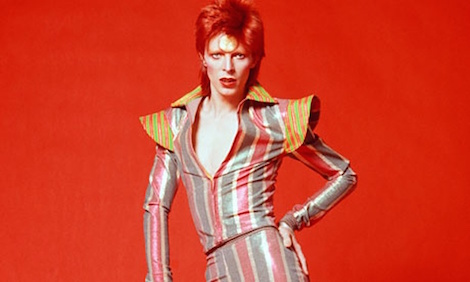| « 7 / 30 Memories | 5 / 30 Le dernier cri » |
6 / 30 Meeting Bernhard Martin
Fakes aren’t lies,
lies aren’t fake.
Squish the fibers,
break the beat.
My interview with painter Bernhard Martin is dangerous. At least according to the prude blogging software that I am using for this blog. The terms 'por.n.ography', 'por.n' and even 'trans.vestite' are apparently blacklisted as "illegal content". Particularly, in the case of 'trans.vestite' this is annoying. I wonder what anxiety made the software developers impletment this feature. No, please don't bring the "but who thinks about the chilrden" red hering. The kids are all on Instagram these days anyways.

“My art has a user-friendly surface, but user-unfriendly content.”
“I am a fake, we are all fakes.”
“Nowadays everything is por.n.ography.”
“What people pay for my art? I cannot tell you that would be indiscreet. All I tell you is that my art is expensive. Art is a luxury. It’s for maximally 5 per cent of the population.”
These are a few of the sentences still on my mind, when I am on my way to meet Bernhard Martin. They are from his lunch that talk left many people baffled. Rather than showing his art Bernhard Martin let loose a storm of images and provocations at his audience: screenshots from computer games, film stills, details of paintings. It was never entirely cear, if the image that he showed was one of his. We meet for lunch at a restaurant called Zum Wilden Mann (to the wild man). And we eat Beuschel, an Austrian specialty that primarily consists of finely cut pieces of calf lung and a dumpling. Only afterwards I cannot imagine any other, any better set up for a conversation with Bernhard Martin.

What is important to you, when you teach painting?
The central thing is an artistic intention. An artistic intention develops from the desire to found something, to create a new aesthetic, because you are not satisfied with the status quo. This is something like the artistic Urtrieb, the one drive behind all artistic intentions. The first question that I ask in every class that I teach is: why do you want to become an artist? You have to be really clear about this. When there is no desire behind that wish, then you should try something else.
What kind of answers do you get to that question?
Oftentimes the answers are very cloudy. Most of the time people talk about personal issues and sensitivities that they have. And then I say, these sensitivities don’t belong here. Leave your issues at home. Never wash dirty linen in public.
There are only three answers that I accept: I want to be famous, I want to be rich and I want to be a great artist.
When you get a new class of students like here in Salzburg, how do you help them to arrive at their artistic intentions?
By talking about life. Surprisingly, the desires are always the same. Most of the time, life experience has just evened them out and either someone becomes really modest or a manic. Then it is important to locate and accept your intention. This is the most difficult thing about art. Because accepting your will or your intention has consequences. The freer you become in your way of thinking, the more you get restricted from the outside. Real freedom is not permitted and not desired by society. It only suggests you freedom. A real freedom of spirit is not permitted, because it is a risk to society. Thus, you are always struggling with resistances and you have to bear that. This can mean isolation or loneliness. But you have to be aware that that has to do with your intention and then you have to bear it.
L: Alright, I’ll give it a try.
Y: No!
Y: Try not.
Y: Do!
Y: Or do not!
Y: There is no try.
Yoda to Luke in Star Wars
Departing form an artistic intention, how do you create something then?
Human beings only have ten fingers and only one brain. So whatever they create ends up being more or less the same. Only through changing social spheres and through changes and improvements in technology something really new comes into existence. The more you accept what comes from the inside, the more honest you are with that and the more striptease you do all the time, the more radical you become. Only then you can really make use of these external changes.
What would be techniques to come closer to one’s artistic intention?
We already talked about striptease, but we can also talk about travesty and about role plays. They all share the same notion of a radical change of self, of pushing something over top, but also a form of radical acceptance of the self.
And this is also what happens when you are painting. During the act of painting you transform into different kinds of persons. Sometimes you are focused and even anxious, other times you are really relaxed and just let everything happen and give up control.
This reminds me of what David Bowie said in an interview once. Although he wrote a lot of music for other people, in the beginning he was unable to write music for himself and as himself. Only after inventing different alter egos, it became possible for him to compose in such a way. Only through these creative masks. Can you relate to that? Do you have to become an other in order to produce something?
I was always an other. I was always somebody else. I was never completely myself. We are all the products of our upbringing and of our education. We are the products of our parents. Then today you have other influences like TV, the Internet or propaganda. This means you are only five to ten per cent yourself. And these ten per cent you have explore and discover. You have to locate these ten per cent, this rest of yourself, that is not just the institutions that you are living in. And then you have to exercise them and make them your practice.

And the transformation into other personalities could be technique to discover these ten per cent? Because then you realize which layers stay with you and which layers come from the outside?
Yeah, through this intentional alienation you come into a position to look at yourself in a different way again. Sometimes I am the macho in front of the canvas, sometimes I am a trans.vestite and sometimes I am a woman when painting. Every day brings other moods with it. When you are working in an office and do standardized work, that is relatively simple. The mood in which you are is completely irrelevant for that work. This doesn’t work with painting. When a mood derails you have to catch yourself again and to develop strategies to get over that. And if you can use this and turn it into some creative force than you start to work. The people who work in offices want to be left alone; they don’t want to deal with themselves.
What is it then that makes a good artistic performance for you?
It has to be contemporary. It has to be up to the technological developments of the contemporary. It has to be up to the contemporary discourses. And in the best case do away with it, but only few ever manage to do that. This again comes back to artistic intention, only the artistic intention counts. The more extreme you want to make ‘your thing’ out of something, the greater is the chance that you succeed. Only if you do it in an extreme manner, you will get attention.
Das Lied was du am nötigsten hast,
ist das Lied das du am wengisten magst.
Darum Rückzug,
vor der Feigheit.
(Die Sterne – Hier)
The song that you need most,
is the song that you like the least,
thus retreat from,
your cowardice.
(Die Sterne – Hier)

